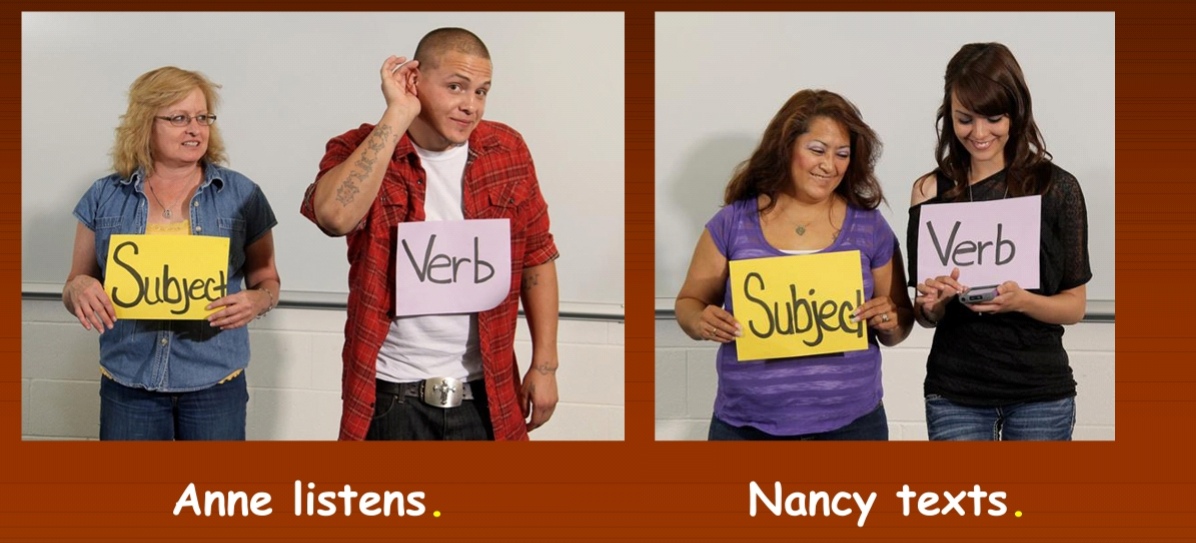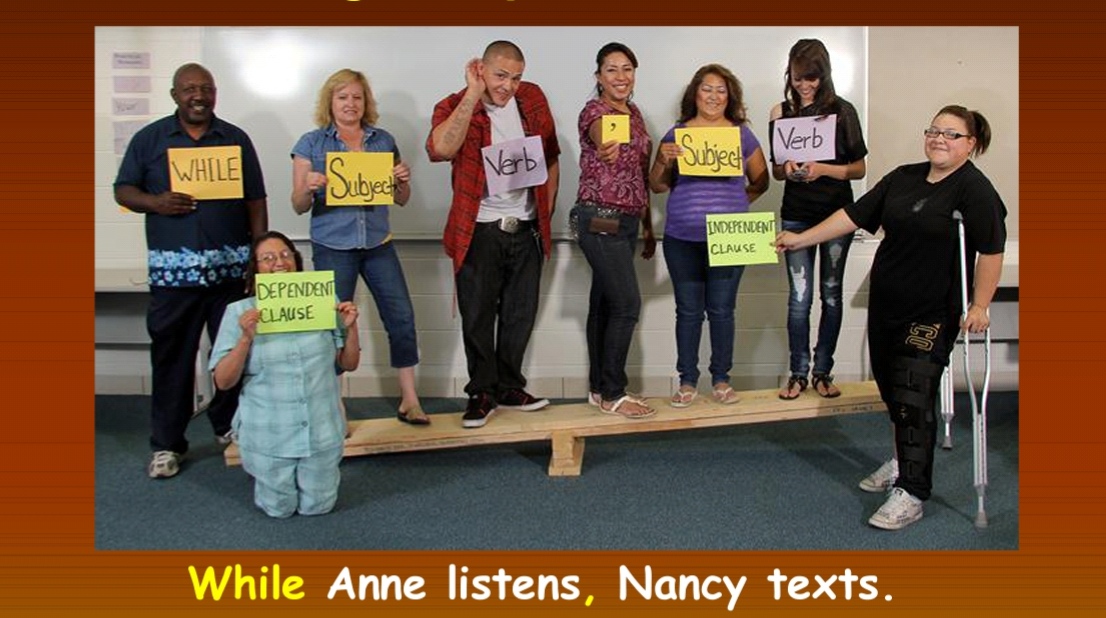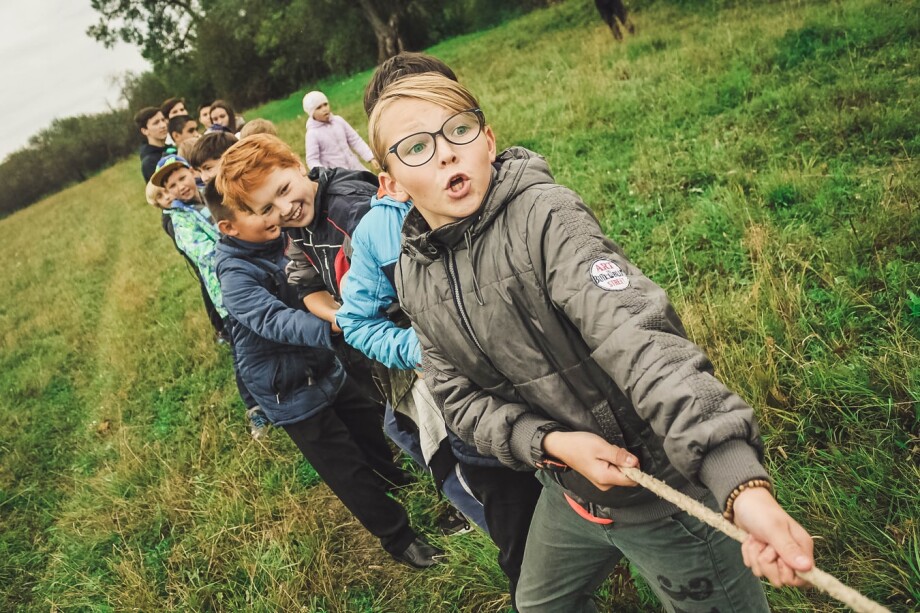People are born with an innate desire to learn. Over the centuries there have been a lot of theories that aimed at finding the best and the most effective method of learning a foreign language. In recent times a learning theory called embodied learning has gained much appreciation for its unique approach in helping students to acquire a language. I am pretty sure you’ve been using some of its techniques ever without knowing about embodied learning.
What is Embodied Learning?
The idea of the theory is to organize the learning process with the correlation of the mind and the body, where physical movements and interactivity help to digest the newly-learnt material with ease. The roots of embodied learning theory go quite deep. Descartes (1596–1650) laid the foundations of the mind-body dichotomy in the Discours de La Méthode (Descartes, 1637). In his work, the French philosopher described on one side the body as a material “machine” containing organs and following the laws of nature. On the other side, Descartes described the mind as non-material and independent of the laws of nature. Later, the idea of the correlation of the mind and the body was developed by a lot of psychologists, philosophers, and linguists.
A first attempt to integrate the body in learning L2 was made in the Total Physical Response (TPR) developed by Asher in the 1960s (Asher, 1969, 1977). In the TPR, the teacher gives commands in L2. Learners listen, comprehend and do the commands. The TPR does not require learners to speak at an early stage but this method helps to take off pressure from language production and language learning is similar to the acquisition of the mother tongue. The TPR does not focus on syntax and uses mainly imperative verbs connected to the vocabulary. Consequently, verbs that could be put in the imperative form or communicative acts that do not need the imperative are not taught. TPR proves its efficiency in the early stages of language learning and the assimilation of vocabulary patterns. However, embodied learning implies the use of the body together with the mind to ease the learning process irrespective of the subject and the level.
Even though embodied learning is gaining popularity among teachers, they are finding it hard to find ways to bring in the concept of embodied learning in classrooms. The use of realia, sensor technology, and interactive video can give the ultimate outcome of this learning approach. This video is an example of how maths class is conducted based on an embodied learning approach.
Let us have a look at the strategies or activities help make embodied learning an integral part of an ESL classroom. Follow this link to learn more about the correlation between the body and the mind in learning.
1. Lego building
Legos are a set of plastic construction toys that are assembled to build constructions, vehicles, working robots, etc.
This is one of the best ways of stimulating vision and patience in students while fostering their creativity and cooperative play. This activity can be used effectively to learn counting, colors, and shapes. Students may read a text and illustrate some parts from the reading through building some lego structures. There is a wide range of legos; building blocks, soft sticks, small sticky balls, and depending on the topic the learners may use different types of legos.
- Act out worksheet tasks
Rather than simply doing the textbook assignments on paper, encourage the students to come out and just make an act of the worksheet tasks. As for English, while dealing with the elicitation of the grammar patterns (for example, compound sentence), students can stand next to each other and represent the formula, like «subject +verb» with the mini posters in their hands.


Miming games work great for the explanation of the vocabulary items, especially with kids while covering the topic of food and animals.
While covering topics connected with art/cinema, students may draw pictures, stick them on the walls, organize gallery tours explain how this or that picture was created, invent background stories for them. They may read some film reviews and then create their own films and act out some scenes from there. They may act out the trailer and ask the rest of the class to guess what the film is about.
- Treasure hunt in a park
The teacher takes students to the field and asks to find the hidden treasure. The treasure is in one place for both groups, each team has a different track to reach to that treasure. They have a couple of tasks to carry out before they can get the next tip (tasks can be make up a sentence in the present perfect, make a request, tell the opposite of dark). The group who carries out the tasks faster and gets the subsequent tips to reach the treasure.
- Energy breaks
In addition to all these activities that make the subjects more close to the students, getting some energy breaks can add great value to improving their alertness. Exercises between the sessions can act as icebreakers and relieve boredom while improving the blood pumping. Jump shot movements, swimming mimics, crossovers, weight training movements or simple arm rotations can do the trick. Including music and simple dance moves with all the students in the class can be fun and they would easily get refreshed. All these energy breaks can be a great source for vocabulary revision or instruction during English classes.
Overall, research has shown that physical activity stimulates the mind. By working some kind of movement into your classroom, you will find students will have less anxiety. Too often are students cooped up in their classrooms, for most of the school day. By allowing children to get up and learn through movement you are giving them a powerful tool to use in the classroom.






 Вероника Аветисян
Вероника Аветисян 
 Маргарита Аветисян
Маргарита Аветисян 


